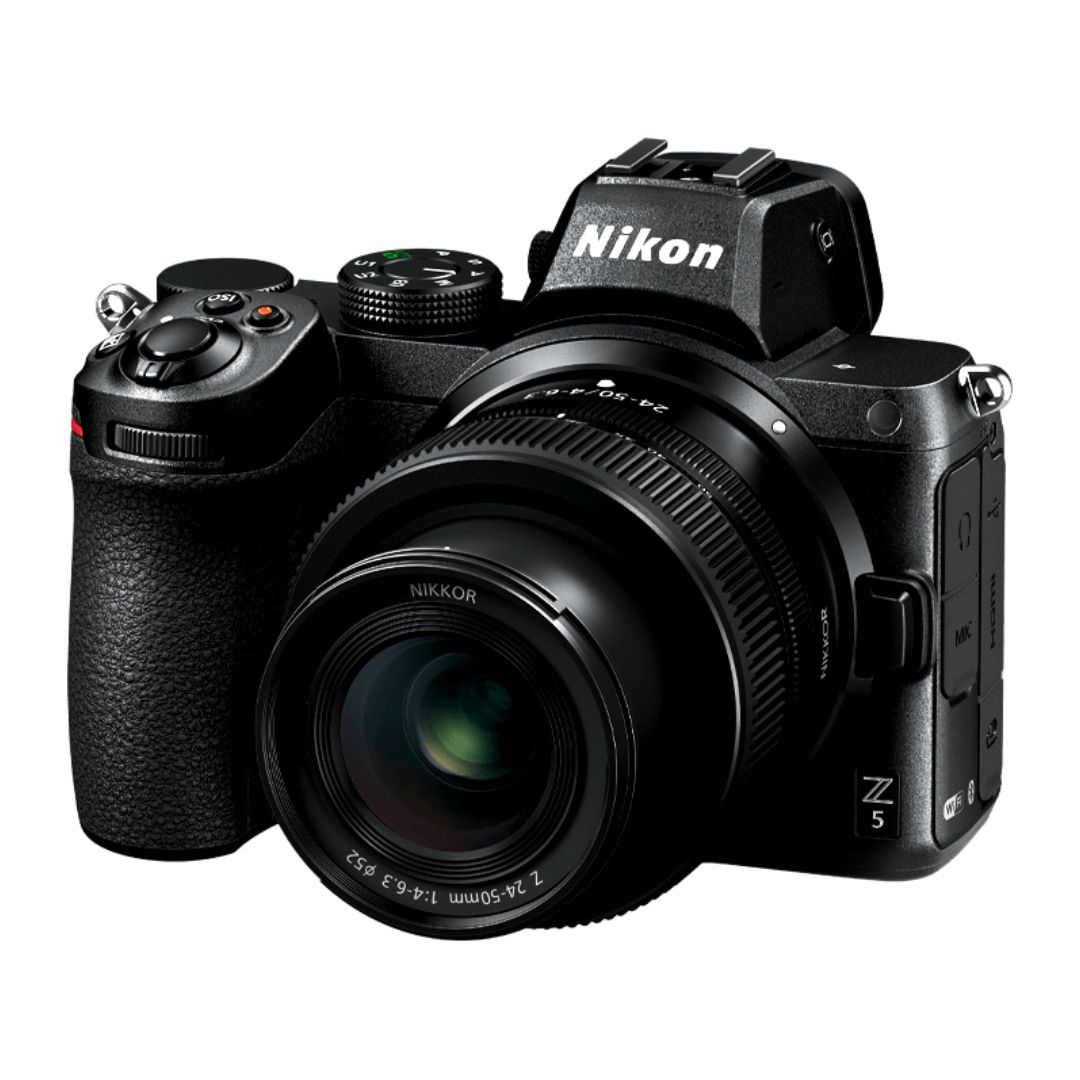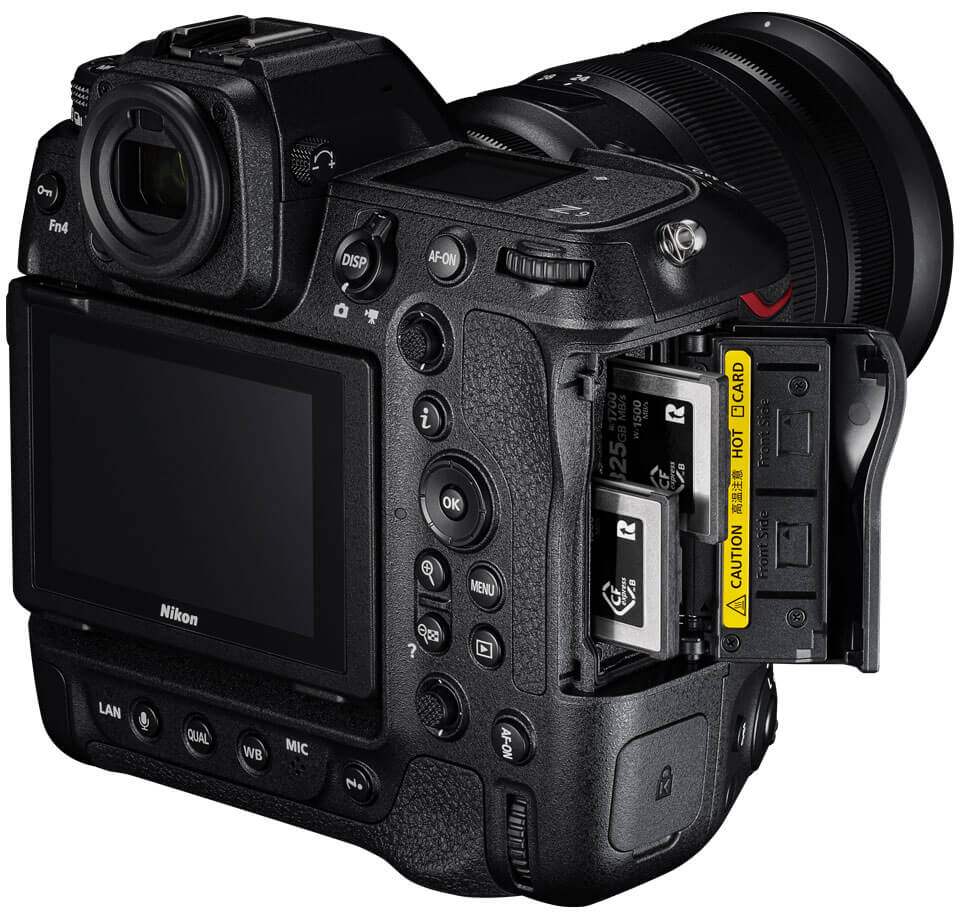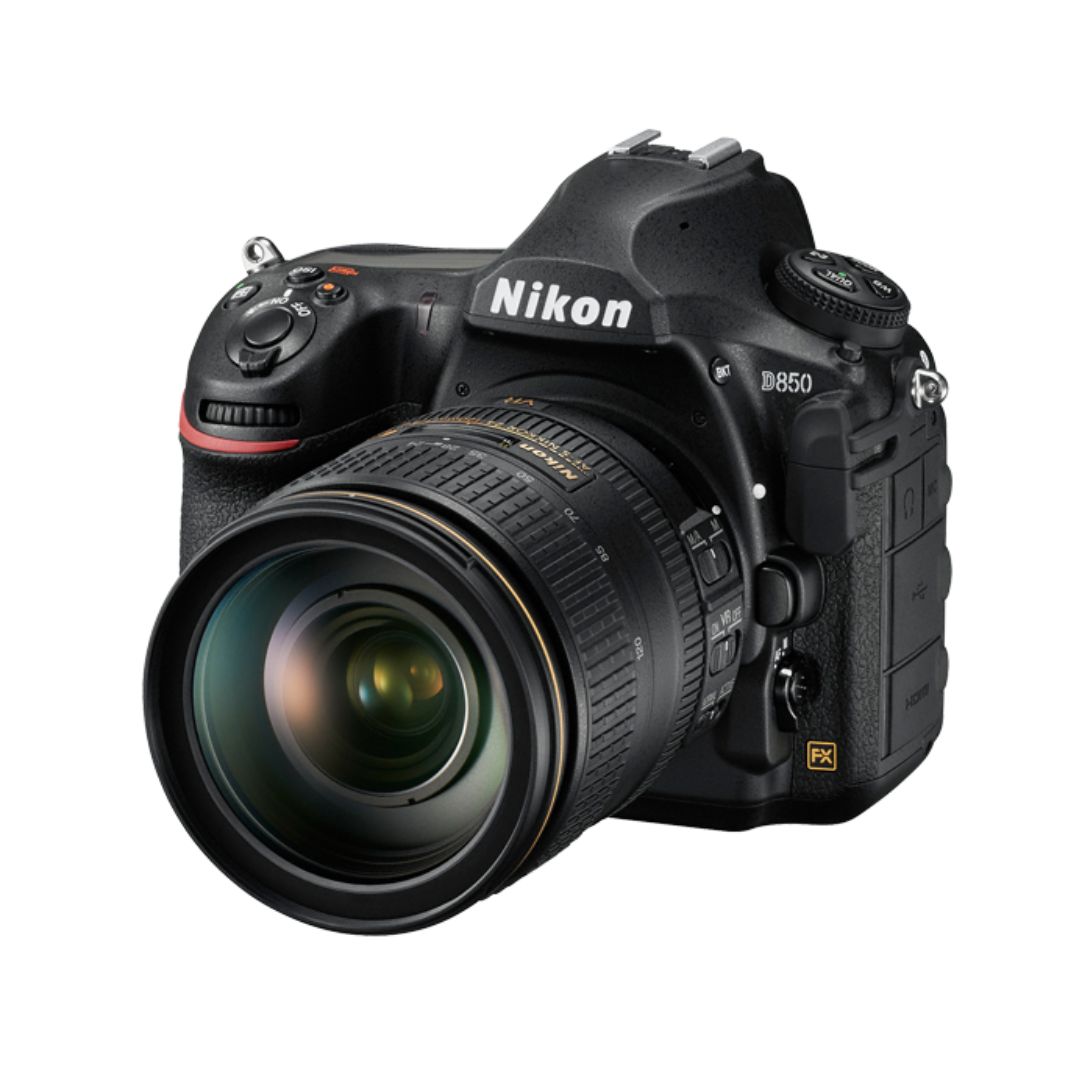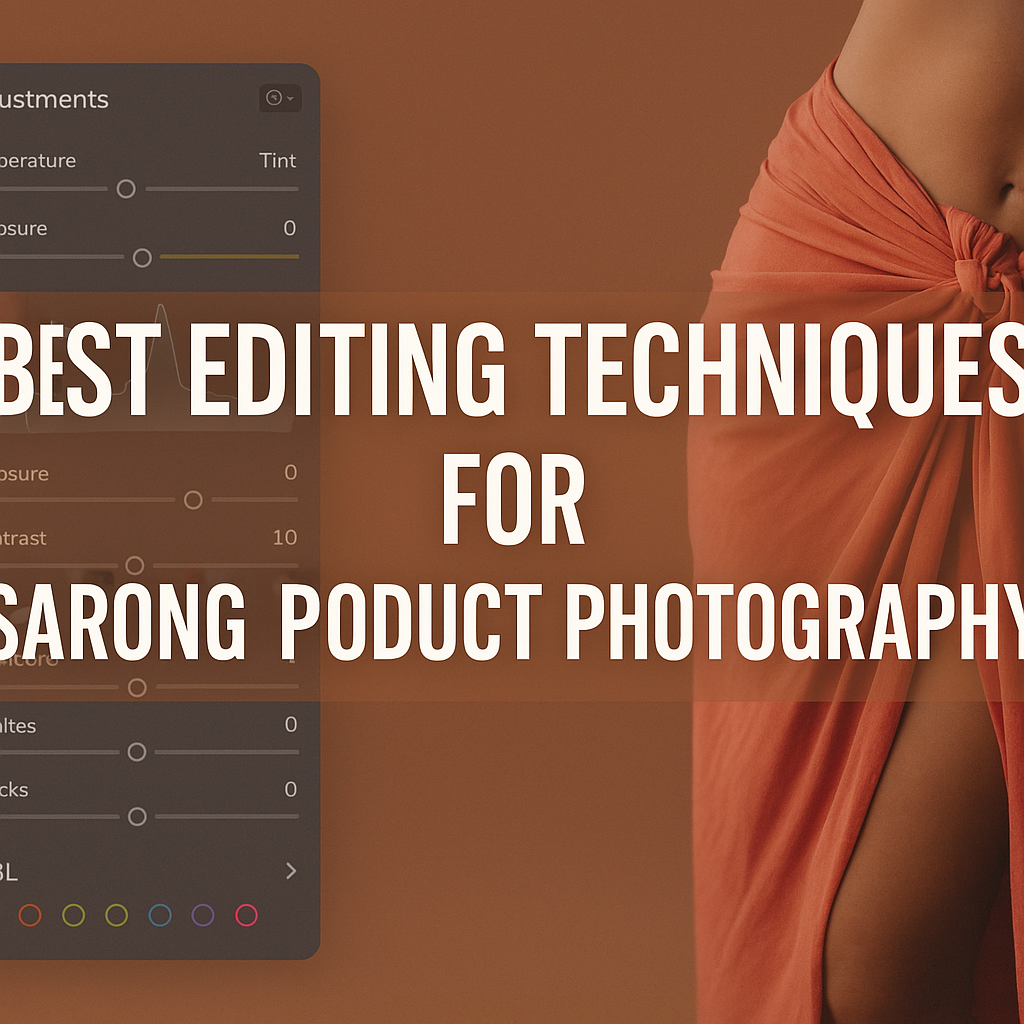Sarongs are not merely garments—they are expressive canvases that speak of heritage, craftsmanship, and style. Whether used for casual wear, ceremonial purposes, or fashion-forward photo shoots, the visual representation of sarongs must capture their essence. Editing plays a vital role in ensuring every pleat, pattern, and pigment is showcased in its full splendor. This detailed guide dives deep into the best editing techniques for sarong product photography. From preparing your RAW files to exporting optimized imagery for different platforms, every step is covered to help you achieve flawless, high-impact visuals that resonate with global and inclusive audiences.
1. Visual Strategy: Defining the Purpose of the Shoot
Before the first edit, ask yourself: What is this photo meant to convey? This single question guides your editing direction.
- Catalogue and eCommerce: Highlight the sarong’s material quality, accurate color representation, and clean lines. Emphasize utility and detail.
- Editorial Fashion Shoots: Prioritize storytelling, drama, and creative enhancements. You may use higher contrast and artistic filters.
- Cultural Campaigns: Focus on authenticity. Avoid over-editing that may diminish the integrity of traditional designs or the natural setting.
Develop a visual roadmap that aligns with your brand identity or your client’s creative brief. Consistency begins with clarity.
2. Selecting Your Editing Tools
Each software offers unique strengths. Here’s a breakdown of essential tools:
- Adobe Lightroom Classic: Ideal for bulk color correction, non-destructive adjustments, and preset application.
- Adobe Photoshop: Offers pixel-level editing. Use it for complex retouching, background manipulation, and masking.
- Capture One Pro: Known for its precise color control, excellent RAW processing, and tethering capability.
- Affinity Photo and GIMP: Excellent free/affordable alternatives for professionals on a budget. Supports layer-based editing and RAW files.
Enhance your editing workflow by integrating plugins like Portraiture, Luminar, or VSCO profiles if appropriate for your style.
3. Organizing Your RAW Files for Efficiency
Workflow organization is crucial for maintaining quality and consistency:
- Import in RAW format to preserve tonal range and color data.
- Use Smart Collections or folders based on sarong styles, color groups, or model variations.
- Apply keywords and metadata for efficient archiving and retrieval.
- Tag priority images to quickly identify hero shots or those needing extensive edits.
4. Cropping for Intentional Composition
Every crop communicates intent:
- Maintain aspect ratios relevant to end-use (e.g., 4:5 for Instagram, 3:2 for banners, 1:1 for product tiles).
- Avoid cutting off important details such as tassels or embroidered edges.
- Align patterns symmetrically or purposefully asymmetrically, depending on the narrative.
- Use grid overlays (rule of thirds or golden spiral) to guide focal point placement.
5. Color Correction and Tone Fidelity
Sarongs are known for their vibrant and dynamic color palettes. Here’s how to preserve them:
- Reference a grey card or color checker chart from your shoot for accurate white balance.
- Correct tint and temperature manually, especially under mixed lighting conditions.
- Use the HSL panel to isolate and enhance individual fabric tones without affecting skin.
- Preserve dye gradients in hand-dyed sarongs by using subtle masking techniques.
Pro Tip: Use Lightroom’s Calibration panel to adjust camera profile for deeper primaries and truer reds, blues, and greens.
6. Skin Tone and Fabric Cohesion
Inclusive representation means editing with sensitivity:
- Avoid over-smoothing or color homogenizing. Retain individuality and natural features.
- Use separate layers for fabric and skin corrections to avoid cross-influence.
- Adjust shadows and highlights with care to avoid unnatural tonal disparities between model and garment.
- Blend transitions between sarong and body using Dodge & Burn or Gradient Masks.
7. Exposure Correction and Dynamic Range Management
Proper exposure ensures the sarong’s textures and colors are both seen and appreciated:
- Recover clipped highlights using the Highlights slider.
- Lift shadow areas to reveal embroidery or pleats hidden in dark zones.
- Use Luminosity Masks in Photoshop for targeted tonal corrections.
- Apply Radial Filters to subtly draw attention to key design areas.
8. Contrast, Clarity, and Detail Enhancement
Details matter—especially for fabrics. Here’s how to enhance them thoughtfully:
- Add Clarity and Texture to the sarong area only. Avoid skin zones to prevent harshness.
- Use High Pass Sharpening for emphasizing thread and weave without introducing noise.
- Avoid global contrast adjustments—opt for localized contrast using Curves and Masks.
- Apply Dehaze sparingly to remove softness caused by lighting fog or lens haze.
9. Precision Retouching for Authenticity
Your goal is to enhance—not alter—reality:
- Use Frequency Separation to even out skin without losing texture.
- Heal distractions like flyaway threads or lint with the Spot Healing Brush.
- Clean up backgrounds by cloning or content-aware filling empty areas.
- Respect cultural motifs; never erase or modify traditional patterns.
10. Color Grading for Mood and Branding
Set the tone of your brand or campaign with intentional color grading:
- Use split toning to add warmth to shadows and cooler tones to highlights.
- Create LUTs (Look Up Tables) for consistent color palettes across shoots.
- Avoid uniform filters—adjust according to model’s skin tone and sarong hue.
- Test grades in black & white to ensure tonal balance before finalizing.
11. Masking Techniques for Focused Adjustments
Precision editing relies on masks:
- Auto-Select Subject or manually refine with Select & Mask in Photoshop.
- Feather edges to blend adjustments seamlessly into the background.
- Invert masks to adjust either background or subject exclusively.
- Use Selective Color Masks for sarong-only enhancement.
12. Handling Reflective and Shiny Fabrics
Metallic prints, satin, or silk require nuance:
- Use soft brushes to reduce highlight glare.
- Retain some reflection to preserve visual texture and realism.
- Dodge and Burn along folds to enhance natural depth and richness.
13. Batch Editing for Large Catalogues
Consistency is key for eCommerce stores and catalog publishers:
- Create and test presets across diverse images before bulk application.
- Review each photo post-preset for lighting anomalies or color shifts.
- Use sync settings in Lightroom to maintain uniformity.
- Export using batch scripts categorized by product ID, campaign, or visual theme.
14. Optimizing for Output Platforms
Ensure your edited images meet platform-specific standards:
- Instagram: 1080px width, sRGB color, JPEG format, minimal compression.
- Amazon/Etsy: 2000px+ on the longest side, white background, no text overlay.
- Website Banners: PNG or WebP format for transparency and faster loading.
- Lookbooks: Export in CMYK, high-resolution TIFFs for print.
15. Ethics and Inclusivity in Photo Editing
Authenticity builds trust:
- Represent diversity truthfully. Don’t digitally alter body shapes, skin tones, or traditional attire.
- Avoid applying eurocentric beauty norms. Showcase real beauty and cultural pride.
- Celebrate texture and age. Let natural features shine through.
- Always get consent when editing culturally sensitive visuals.
16. Staying Innovative and Up-to-Date
The digital landscape evolves quickly:
- Join professional communities (Behance, 500px, photography forums).
- Take refresher courses on editing trends and AI tools.
- Study global fashion magazines to understand new visual styles.
- Test emerging software for new retouching workflows.
17. Final Editing Checklist
Before you export and publish:
✅ White balance matches the lighting setup and fabric tone
✅ Skin tones look natural across all models
✅ No oversaturation or unnatural contrast
✅ Background clean, consistent, and clutter-free
✅ Textures enhanced but not exaggerated
✅ Exported formats optimized for target platforms
Conclusion: Turning Fabric into Visual Storytelling
Editing sarong product photography is more than a technical process—it’s a creative commitment. Each image is an opportunity to celebrate color, heritage, artistry, and human connection. With the right tools, techniques, and thoughtful intent, you can turn a simple garment photograph into a visual story that resonates globally.
Apply the detailed techniques from this guide to refine your editing workflow. Let your imagery shine with clarity, depth, and cultural inclusiveness. In doing so, you uplift not only the product but also the story it represents.
Collaborate with The Candid Shoot
At The Candid Shoot, we specialize in fashion and textile photography that reflects elegance, inclusivity, and attention to detail. Whether you need post-production support or full-service shoots, we’re here to elevate your brand visuals.
📩 Contact us today for custom editing services and visual storytelling that aligns with your creative vision. [Insert your contact form/email/social link here]
FAQs: Editing Techniques for Sarong Product Photography
1. How do I keep sarong colors true-to-life while editing?
Use a grey card during the shoot, calibrate your monitor, and avoid global saturation changes. Work with HSL and targeted adjustments for better control.
2. How do I enhance the details in a patterned sarong without over-sharpening?
Use the Texture slider in Lightroom and High Pass Filter in Photoshop. Mask the adjustments so they apply only to the fabric.
3. What’s the best format for exporting sarong images for an online store?
JPEG format with sRGB color profile, dimensions around 2000px, and optimized for fast loading. Avoid PNGs unless transparency is required.
4. How do I edit sarong photos for cultural campaigns without compromising authenticity?
Avoid over-editing. Preserve traditional patterns, natural lighting, and ethnic context. Respect diversity by maintaining realistic tones and body features.
5. Can I use batch presets for large sarong catalogues?
Yes, but always manually refine each image. Use presets as a foundation and make individual tweaks based on lighting, skin tone, and pattern complexity.
📅 Book Your Photography in Jaipur Today
Whether you’re celebrating a personal milestone, growing your brand, or just want timeless memories, trust The Candid Shoot for professional photography in Jaipur that exceeds expectations.
📞 Call | 📱 WhatsApp | 📩 Inquiry Form

Sony Alpha a7 IV: The Ultimate Camera for Photography

Nikon Z5 Review: Is It Worth It?
-

Nikon Z9 : Game-Changer for Photography
-

Top Features of Nikon D850 That Make It Ideal for Portfolio Shoots
Sony Alpha a7 IV: The Ultimate Camera for Photography
Explore the Sony Alpha a7 IV in this complete 2025 review. Learn how its pro-level features, real-world performance, and hybrid flexibility make it the ultimate camera for photography across genres like portraits, weddings, travel, and commercial work. Table of Contents Section 1: Introduction – Why the Sony Alpha a7 IV Stands Out The Sony Alpha…
Nikon Z5 Review: Is It Worth It?
In 2025, photographers—whether hobbyists, content creators, or professionals—seek equipment that blends value, performance, and future-readiness. Enter the Nikon Z5, a full-frame mirrorless camera marketed as a gateway to high-end imaging without a flagship price tag. But how well does it hold up under real-world demands like studio shoots, weddings, landscape adventures, and lifestyle photography? In…
Nikon Z9 : Game-Changer for Photography
Discover why the Nikon Z9 is considered a true game-changer for photography. This in-depth Nikon Z9 review explores key features, real-world performance, and how it excels in professional photo shoots in 2025. Table of Contents 1. Introduction The photography world witnessed a significant shift with the launch of the Nikon Z9, a flagship mirrorless camera…
Top Features of Nikon D850 That Make It Ideal for Portfolio Shoots
Discover why the Nikon D850 is the ultimate DSLR for portfolio shoots. Explore its top features—from resolution and dynamic range to autofocus precision and workflow speed—that help photographers create stunning, high-impact images for professional portfolios. Whether you’re a portrait artist, fashion photographer, or visual storyteller, a portfolio shoot demands technical excellence, creative flexibility, and uncompromised…
Candid Moments with Canon EOS R10: Lightweight & Reliable
In the evolving world of mirrorless photography, the Canon EOS R10 stands out as a lightweight yet powerful camera tailored for real-life storytelling. Whether you’re photographing street scenes, family gatherings, weddings, or spontaneous portraits, capturing genuine emotion requires a responsive and discreet tool. This article dives deep into how the Canon EOS R10 excels in…
Bold Portraits with Canon EOS R5: Is It the Best for Work?
Studio photography has always demanded precision, artistry, and impeccable gear. As the expectations for commercial portraits, fashion campaigns, and editorial work continue to rise, the tools we use must evolve. Enter the Canon EOS R5, a camera that has stirred the professional waters with its impressive technical specs and forward-thinking design. In this comprehensive Canon…


